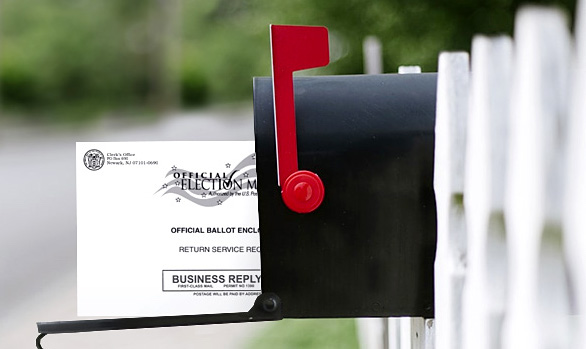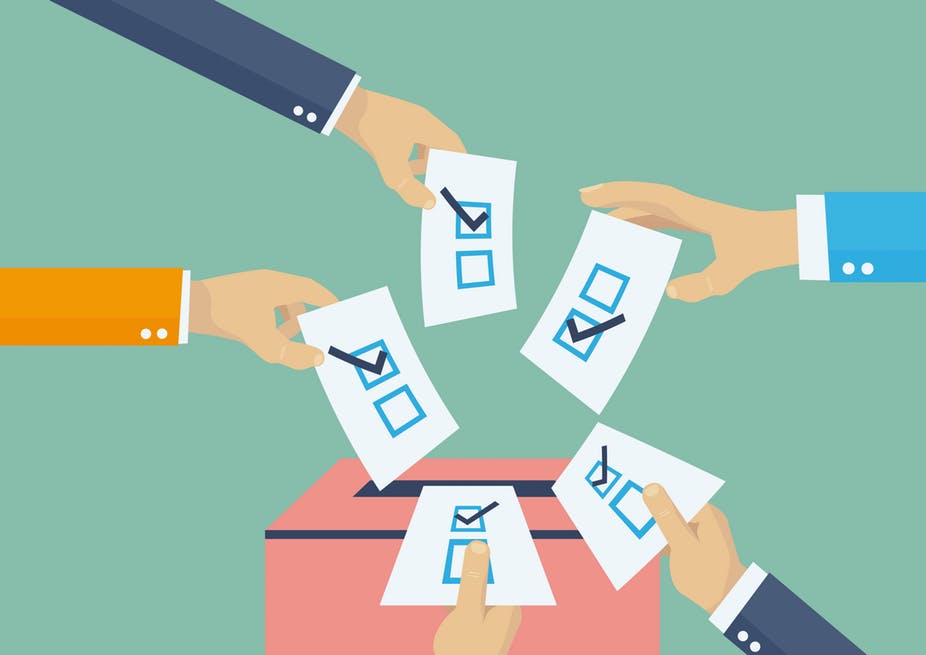On March 14, the municipality of Anchorage sent out ballots for the State’s contentious proposition that will decide whether transgender individuals can legally use the bathroom congruent with their gender identity.
Devoted supporters debate both sides, but this vote stands out for another reason: April 3 will be the first time Alaska experiments with an entirely vote-by-mail system.
That means no booths on Election Day, no worries about having time to vote, more opportunities to research candidates and propositions, less money spent by the city and, hopefully, more voter participation. However, even though several states have adopted the vote-by-mail system, the results aren’t always positive.
These mixed outcomes leave Anchorage wondering whether this new system will help or harm the democratic process surrounding the contentious Proposition 1.
What Is Proposition 1?
The ballot mailed to all households in Anchorage earlier this month included municipal candidates and 12 propositions, but none of them inspire the same fervent discussion as Proposition 1 on “Regulating Access to Facilities such as Locker Rooms and Bathrooms on the Basis of Sex at Birth, Rather than Gender Identity.”
Emotional propaganda for either side of the discussion has saturated local media, including powerful commercials by Fair Anchorage (featuring the supportive family of a teenaged transgender boy) and Yes on Prop 1 (Anchorage women speaking out about their discomfort with transwomen in public locker rooms and bathrooms).
Both commercials deliver strong emotions to the audience and raise the core questions in this debate: do trans protections do more good or harm?And to how many people?
Regardless of Machiavellian ethics, when supporters gathered signatures to place the proposition on the ballot, trans activists from Identity Inc. stood beside them, trying to remind citizens of whom their votes would affect.
Ever since it gained enough signatures, a van with transgender pride flags billowing from the back has driven through the streets, “No on Prop 1” pasted on the side in black duct tape.
More recently, handwritten “Vote No on Prop 1” banners have covered road signs near the university campus. The intense debate leaves both sides severely polarized, each claiming the other is fundamentally dangerous to them.
Fair Anchorage sees this proposed legislation as “Dangerous, Unnecessary and Unenforceable,” claiming that Prop 1 discriminates against transgender adults and children alike and would worsen the culture of undue nosiness into the private lives of gender variant people.
They also acknowledge the potential complications of inserting transitioned transmen back into private women’s spaces.
On the other hand, Yes on Prop 1 seeks to erase the ordinance passed in September 2015 that allows transgender people to use the private facilities contrary to their biological sex. They claim the logic of their cause is “simple” and that placing all biological males in the men’s facilities is the best route for safety, privacy and comfort.
Proposition 1 has divided Anchorage, and it worries many trans people: those who have transitioned, those in the process of transitioning and those still in the closet or otherwise without access to therapists and hormones. It also concerns their friends, families and other allies, as well as the people who use public restrooms and locker rooms.
Vote-By-Mail
The new voting system is worrisome for the significant vote. Still, the Municipality of Anchorage is confident in their decision. They describe the benefits of voting by mail as encouraging voter participation and overall improving the process, privacy and security of voting.
Anchorage voters can cast their vote until 8 p.m. on April 3 in any of these three ways: mailing through the U.S. Postal Service or physically returning it to a Secure Ballot Drop Box or Accessible Vote Center.

Other areas have implemented similar systems, sometimes for better, sometimes for worse. Some allow absentee voting, while others, such as Oregon since 2000 and now Anchorage, require submitting all ballots by mail. States that use vote by mail claim that it increases voter turnout and is cheaper than using voting booths.
However, issues accompany voting by mail. In 2008, Minnesota threw out one out of 30 ballots that would be acceptable through in-person voting because of issues such as a bad signature, missed the deadline or omitted address, witness signature or voter signature. Those were absentee ballots, but they were delivered through the mail.
If votes are not physically lost or excluded from technicalities, some research suggests that leaving behind booth voting actually decreases turnout. Voters might abstain because they have too much time to vote. They lose the urgency to participate when they have several weeks to a month to mull over their decision.
Some suggest that frequent reminders are the key to getting vote-by-mail areas to participate. According to them, four official communications can eliminate the difference in mail versus booth voter turnout.
So, perhaps Anchorage’s switch to vote-by-mail can at least save the municipality the money it costs to set up and man voting booths. As long as the city employs sufficient reminders during and after this first trial, Anchorage’s voter turnout should not suffer.
Maybe the unique demographic of Alaska will actually improve turnout, but the system is too new to tell. Regardless, the contentiousness of Proposition 1 is sure to draw voter participation.
What Next?
The same author who claimed voting by mail can decrease participation found that after the initial implementation of the system, voter participation increases. This could be good for Prop 1. With this “novelty effect,” perhaps more citizens will contribute.
The municipality delivered the ballots to Anchorage citizens. The drop boxes are open.
Voters have seen the candidates and propositions and have time to research them if they have a reliable postal address and opened their mail. Anchorage citizens are ready to decide what private spaces their neighbors, friends and family should be allowed to access.
Until April 3, households will debate Proposition 1 and submit their ballots, and the transgender community will wait to see what their peers have decided in the privacy of their own homes about the nature and fundamental rights of gender variant individuals.












